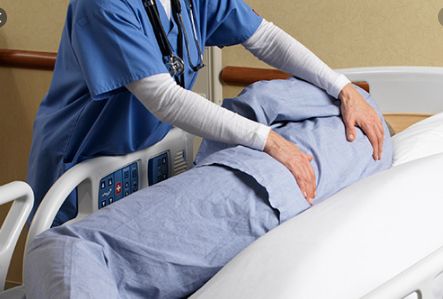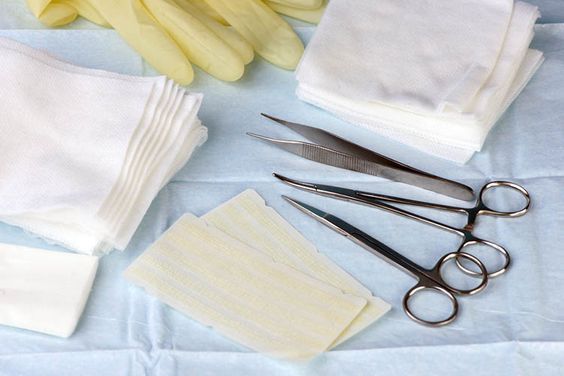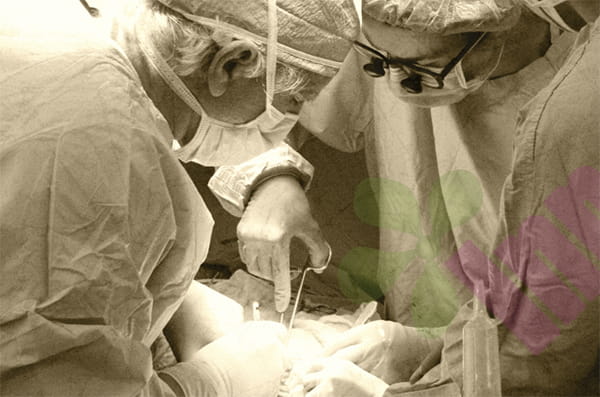Pressure injuries are skin damage caused by prolonged pressure on local tissues. Stages one and two are early stages, and can be fully recovered with proper care. Early identification and intervention are key to preventing the progression of the injury.

How to identify stage I and II pressure injuries?
Stage I pressure injuries present as intact, localized erythema that remains unchanged under pressure. In patients with darker skin tones, it may appear bluish or purplish. Abnormal changes in skin temperature, firmness, and sensation may occur. Stage II pressure injuries involve epidermal and partial dermal defects, presenting as superficial open ulcers with a pink base and no necrotic tissue. They may also present as intact or ruptured serous vesicles.
What are the key nursing care points for stage I pressure injury?
Use pressure-relieving tools such as soft pillows and foam pads to avoid direct pressure on bony prominences. Establish a turning schedule, changing position every two hours, using a 30-degree side-lying position. Keep the skin clean and dry, using a mild cleanser and avoiding vigorous rubbing. Use skin protectants such as barrier creams to enhance skin resistance. Strengthen nutritional support, ensuring sufficient protein and vitamin intake. Closely observe skin changes and record the fading of erythema.
How to treat stage II pressure injury?
Small blisters should be kept intact and protected with a transparent film dressing to promote absorption. Larger blisters or ruptured blisters require debridement, removing necrotic epidermis. Clean the wound with saline solution to remove any remaining foreign matter. Choose an appropriate dressing to protect the wound; hydrocolloid dressings are suitable for wounds with minimal exudate. Foam dressings are suitable for wounds with moderate exudate. Observe the wound daily and record healing progress. Continue to adhere to pressure-reducing measures to avoid pressure on the wound site.
How should dressings be selected ?
For primary wounds, transparent film dressings can be used for easy observation of skin changes. For secondary wounds, the dressing should be selected based on the amount of exudate; for small amounts of exudate, hydrocolloid dressings are suitable. For moderate exudate, foam dressings are preferred due to their better absorbency. The dressing should extend 2-3 cm beyond the wound edge. The frequency of dressing changes depends on the characteristics of the dressing and the amount of exudate. Carefully observe the surrounding skin to prevent dressing-related injuries.

What nutrients do I need to supplement?
Adequate protein intake promotes tissue repair; 1.2-1.5 grams of protein per kilogram of body weight are needed daily. Vitamin C promotes collagen synthesis and enhances skin strength. Zinc participates in protein synthesis and cell regeneration. Adequate hydration maintains skin elasticity. Seek guidance from a nutritionist if necessary to develop a personalized dietary plan.
What should be paid attention to during the nursing process ?
Avoid massaging reddened areas around bony prominences, as this may worsen tissue damage. Do not use circular air cushions, as these may create new pressure points. Avoid using heat sources such as heat lamps, as these may cause burns. Do not use harsh disinfectants, as these may damage newly formed tissue. Do not over-wash, as this may disrupt the skin barrier.
For more information on Innomed® Silicone Contact Layer , refer to the Previous Articles. If you have customized needs, you are welcome to contact us; you wholeheartedly. At longterm medical, we transform this data by innovating and developing products that make life easier for those who need loving care.
Editor: kiki Jia

 English
English عربى
عربى Español
Español русский
русский 中文简体
中文简体








